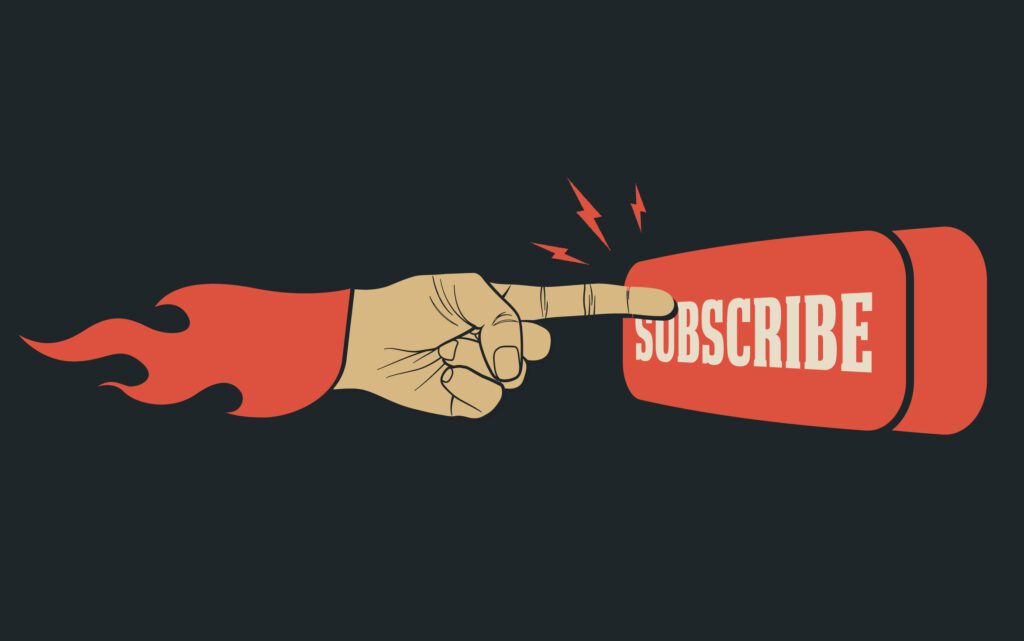The New York Times’s subscription-focused strategy seems to be paying off amid a downturn in ad revenue.
The Times reported 8% YoY revenue growth for Q3 2022, “with subscription revenue growth more than making up for a slight decline in overall advertising,” said President and CEO Meredith Kopit Levien.
Digital ad revenue totaled $70 million in the quarter, good for a 5% YoY growth rate.
That’s relatively low growth, but still encouraging considering the Times reported a 2% drop in the prior quarter. Q3 is typically the Times’s slowest quarter of the year for revenue growth, Kopit Levien said.
The Times did not speak to any major changes in its advertising strategy in this earnings report.
Digital subscription revenue for the quarter was $244 million, which was up by almost a quarter. The Times added 180,000 subscribers from a year ago. It now has 9.3 million subscribers across 10.8 million subscriptions. (Some people subscribe to more than one Times product.) And it plans to reach 15 million subscribers by 2027.
Subscription bundles, which package a news subscription with the Times’s other offerings, such as Games, Cooking, the Wirecutter and The Athletic, were a key subscription growth driver for Q3.
The Times had its “best quarter yet for bundled net additions, with a record number of bundle starts and percentage of starts taking the bundle,” Kopit Levien said. The percentage of “starts,” or new subscribers who signed on for the bundle, doubled in Q3 compared to Q1. The publisher currently has more than one million bundled digital subscribers.
The bundle numbers were the result of the Times’s efforts to “cross-promote our products on our biggest news surfaces, and also to begin making them more interconnected,” Kopit Levien said.
For example, the Times added the word game Wordle, which it acquired in January, to the main feed of its news app. Q3 was also the first quarter in which The Athletic, the sports news outlet the Times also bought in January, was added to a subscription package.
“We continue to see higher engagement among bundle subscribers, with 10% to 20% more bundle subscribers engaging each week than news-only subscribers,” Kopit Levien said.
Average revenue per user (ARPU) was $8.87, down 8% YoY. This decline was mostly attributed to The Athletic, which only introduced ads in September, being added to the subscription bundle, as well as new subscribers joining at introductory prices, which also brings down revenue per user, said Harlan Toplitzky, the Times’s VP of investor relations.
Adding bundled subscribers will be a priority for the Times over the coming year, according to Kopit Levien. “We’ll be taking measures to further open up The Athletic’s hard paywall to increase awareness and free sampling of The Athletic in order to build a large, sustainable audience funnel,” she said.
Speaking of The Athletic, “[the Times’s] ambition is to become one of the leading players in global sports journalism,” she said.
However, The Athletic continues to be a loss leader for the Times, with a $10 million loss attributed in Q3. That put a dent in the Times’s overall adjusted operating profit for the quarter, which was $69 million, about $4 million higher than last year.
Operating costs were $504 million for Q3, up 10% YoY.
The Times has committed to “meaningfully slow cost growth,” Kopit Levien said. Its efforts to keep expenses in check has focused on two areas: reduced marketing spend and a slowdown in hiring.
On the marketing front, the Times has prioritized subscription growth through its “organic audience engine” and cross-promotion of its properties, she said. But it has “substantially reduced” paid advertising.















